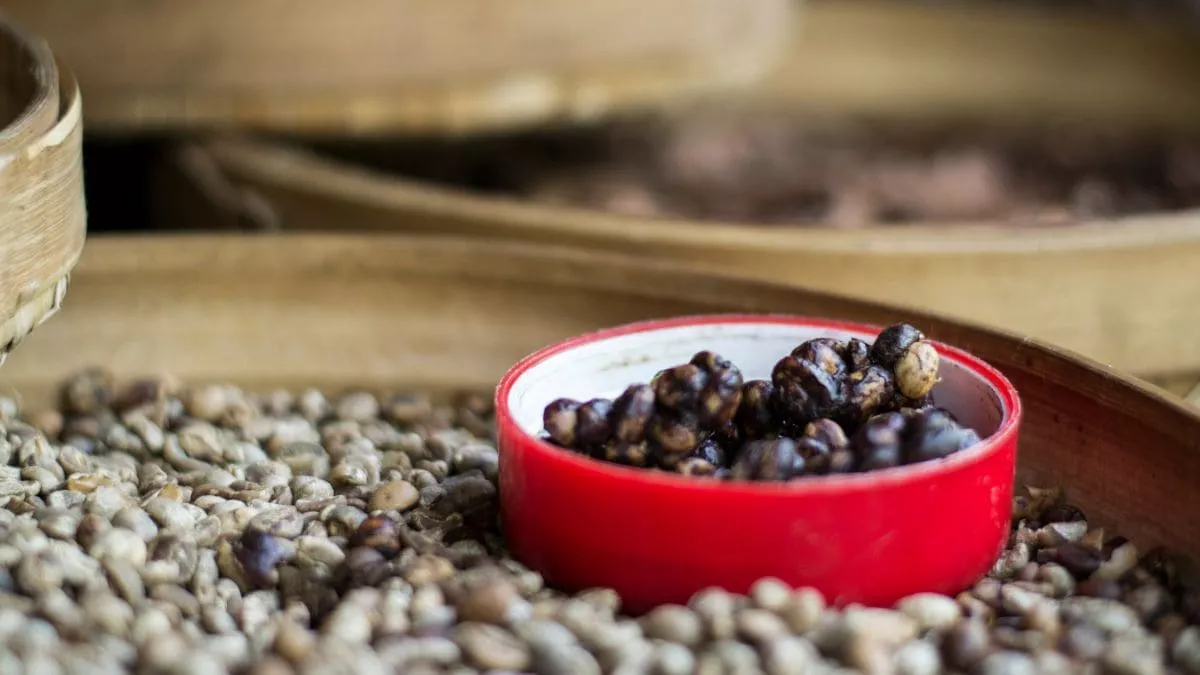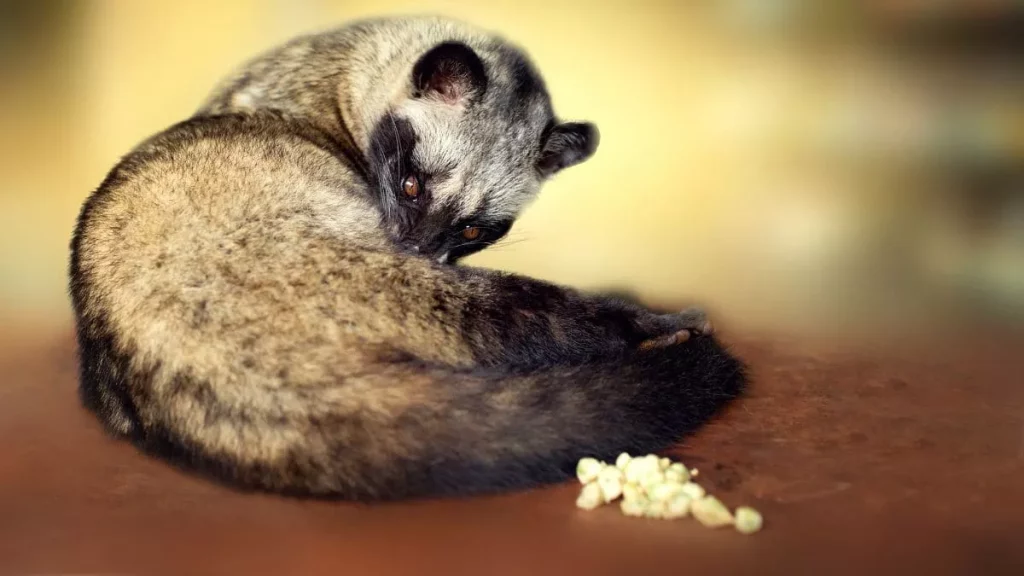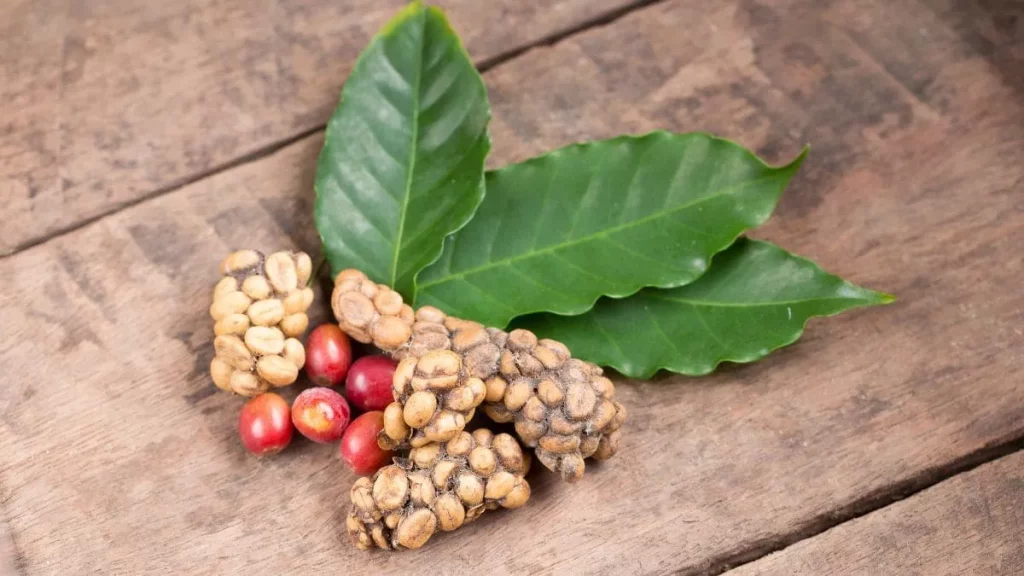
Apart from being the most expensive coffee on earth, the Kopi Luwak is also categorized as one of the rarest coffees in the world.
For starters, a kilo bag of Kopi Luwak costs an eye-popping $600 in the States. Shrunk down, that’s like $2 a sip of Kopi Luwak. The same is the case in all the countries where the Kopi Luwak is being sold. If the price worries you, wait till you hear how it’s made…
Kopi Luwak Taste– What is It Like?
To be honest, of all the highlights of the Kopi Luwak, its taste stands out the most. The flavor gained from a Civet cat’s feces has a 3D kind of scent to it. As soon as you open a bag of Kopi Luwak coffee, you are met with a chocolate-ey aroma with a hint of nuttiness.
Kopi Luwak coffees are not strong by any means. Instead, the coffee’s light roast smoothens the flavor (a lot). The first thing you’d notice after a sip is the coffee’s smoothness.
Moreover, it seems to strike a perfect balance between smoothness and strength, which is neither too strong nor too light to seem too washed. The cup tastes far less washed down and carries a bulky sweet flavor to itself. This sweetness prevails in the form of a lasting aftertaste.
Also, the taste of Kopi Luwak may depend on the types of beans used in the production process. The Kopi Luwak does not come from a single region. Instead, there are varying qualities (and tastes) of Kopi Luwak coffees.
That said, the element of ‘lighter roast’ is present among all Kopi Luwak coffees. Freeing the beans of any impurities can be a rather lengthy and complicated procedure. By the time it is ready for use, it has already lost most of its strength, hence the lighter roasts.
Kupi Luwak Interesting Origin
An innocent person would assume that these coffee beans are the result of the efficient and sustainable cultivation of coffee beans. They’d believe that the Kopi Luwak is cultivated in a much more ‘controlled environment’ with better technology, hence its sky-rocketing price. However, they’d be extremely wrong. Let’s see how.
The Full Story
The Kopi Luwak dates back to the 19th century. It all started when the Dutch Colonialists started colonizing parts of Indonesia and putting large-scale lands to use for coffee beans cultivation. Cheap labor was used to cultivate coffee beans from these farmlands, which were then exported.

Somewhere around the mid-1900s, farmers began noticing some palm civets (ferret-like animals) defecating Luwak coffee berries.
Upon filtering (and sanitizing) these excrete, the farmers began brewing (and drinking) them. To their – and ours – surprise, it worked.
The Dutch began exporting the Kopi Luwak to several other countries, and it proved to be a success. All praise to the ferret-like civets who brought the Kopi Luwak coffee into existence. But, because this civet can only excrete enough coffee beans, the coffee production process was a bit slow.
Demand was on the rise while supply was limited, creating a demand and supply gap. As a result, people were ready to pay high prices for the Kopi Luwak, which wasn’t available in any part of the world except Indonesia (and some of its neighboring countries).
Eventually, the prices were at skyscraper levels where you’d spent $300 for a pound of Kopi Luwak coffee.
Let me remind you again that these coffee beans were the result of an animal’s feces. Also, regarding feces, that brings us to our next topic. How is it made?
How Is the Kopi Luwak Coffee Made?
During the earlier stages, farmers left Civet cats to roam in a contained area of coffee trees. The civets feed on the berries that the trees produced, choosing only the ripest of them all. Eventually, they would then excrete the berries later to be picked by the farmers for processing.
The theory is that once the Luwak – or the Civets – digest, the first layer of these coffee berries is removed. The second layer, meanwhile, is removed after it excretes. This process is what completely changes the flavor profile of the coffee beans and why it has a unique flavor.
Once these berries are extracted, the farmers later soak them and let them dry for proper sanitization. Finally, upon pounding (and then roasting) these beans, the Kopi Luwak is ready to be sold.
Kopi Luwak Coffee – Pros & Cons

Pros
One of the main highlights of a typical Kopi Luwak is its smooth texture profile. Even though such is expected from a light roast coffee, the Kopi Luwak executes the profile smoothness better than other coffees.
Plus, it is not too bitter, making for a sweet aftertaste that can linger on for a long time. This is everything one could wish for in a calm, breezy evening.
Secondly, the process of producing Kopi Luwak coffee beans may not sound that tempting, but rest assured that it packs a host of health benefits.
Studies have shown Kopi Luwak beans to contain several antioxidants that are known for improving your liver’s health as well as lowering the risk of cancer. Also, these antioxidants play a vital role in lowering your blood pressure.
Moreover, survey studies have shown that Kopi Luwak coffee drinkers tend to have lower risks of type 2 diabetes.
Cons
It was about time we addressed the coffee’s insane price tag. As stated earlier, a kilo of Kopi Luwak coffee costs more than $600. For that price, I’d be expecting the coffee to make itself as well as serve me. The Kopi Luwak is expensive not because of its taste but because of the way it is made.
It is the literal – and figurative – definition of the goose’s golden eggs in the fictitious story of ‘Jack and the beanstalk.’
It would be wrong to discuss a Kopi Luwak coffee’s cons without mentioning its unethical practices. For the past few decades, Indonesian – or Bali – farmers have seen Kopi Luwak as a lifetime opportunity.
Since there is no specific certificate or license for these farmers to function ethically. As a result, they operate in shady manners. This means abusing the civets (animals) by any means necessary for the sake of low costs. This includes keeping them in cages and restricting their diet.
This sort of captivation ultimately leads to the animal’s death. Of course, many distributors may say otherwise by adding the word ‘sustainable’ on the coffee packages. But, at the end of the day, it is your word against the word of (unknown) distributors.
This seems to be the only reason why even the most renowned coffee experts are moving away from Kopi Luwak coffees.
Kopi Luwak Coffee – Is It Worth It?
No, right off the bat, if your budget is a bit constrained, I’d recommend sticking to your Folgers. Yes, the taste may be somewhat slightly better, but it definitely isn’t worth that mind-boggling price.
For that price, you’d be expecting an out-of-the-world taste, but – unfortunately – it doesn’t seem to be the case for this coffee.
There are countless light roast coffees that have a smooth profile while also not costing a fortune. Also, who said that only the most expensive coffees in the world taste good?
In fact, a general consensus of the Specialty Coffee Association of America (SCAA) concluded that the Kopi Luwak coffee “…tastes bad.” (Source) So, if you are buying this coffee solely for its taste, then I have some bad news for you. This is not your cup of joe…
Lastly, and on a general note, we should discourage or maybe even boycott the Kopi Luwak coffee on some levels. The reason behind being the industry’s unethical and fraudulent activities.
Buying (or even supporting) the Kopi Luwak coffee is like indirectly supporting the unethical and cruel captivation of these very rare Civet cats. The way the farmers treat those Civet cats goes against all animal rights.
It goes without saying that expensive things come only as a result of knockoffs and (animal) abuse. Have you ever wondered how many cows are sacrificed for leather just for a single Rolls Royce car? Google ALSO has an answer for that…
Final Thoughts
The story (and history) of Kopi Luwak coffee is filled with shady practices.
Moreover, the Kopi Luwak lacks in several other areas. It isn’t strong enough yet costs 10x more. It doesn’t pack as much caffeine as several other coffees, yet it costs ten times more. The taste may be good, but is it worth $600? With that, you have your answer.
As for the question of hype, I firmly believe that this coffee doesn’t deserve any attention or hype just because of the unethical practices farmers follow.
Removing the price (and its story) from the equation, I bet my La Pavoni that no one would ever buy this coffee. There are several more ways of enjoying coffee, but I’m afraid Kopi Luwak isn’t one of them.
Among us coffee lovers, there must be a time when a (particular) thought struck our mind: What is the most expensive coffee in the world? Well, there you have it, It’s the feces coffee.
